-
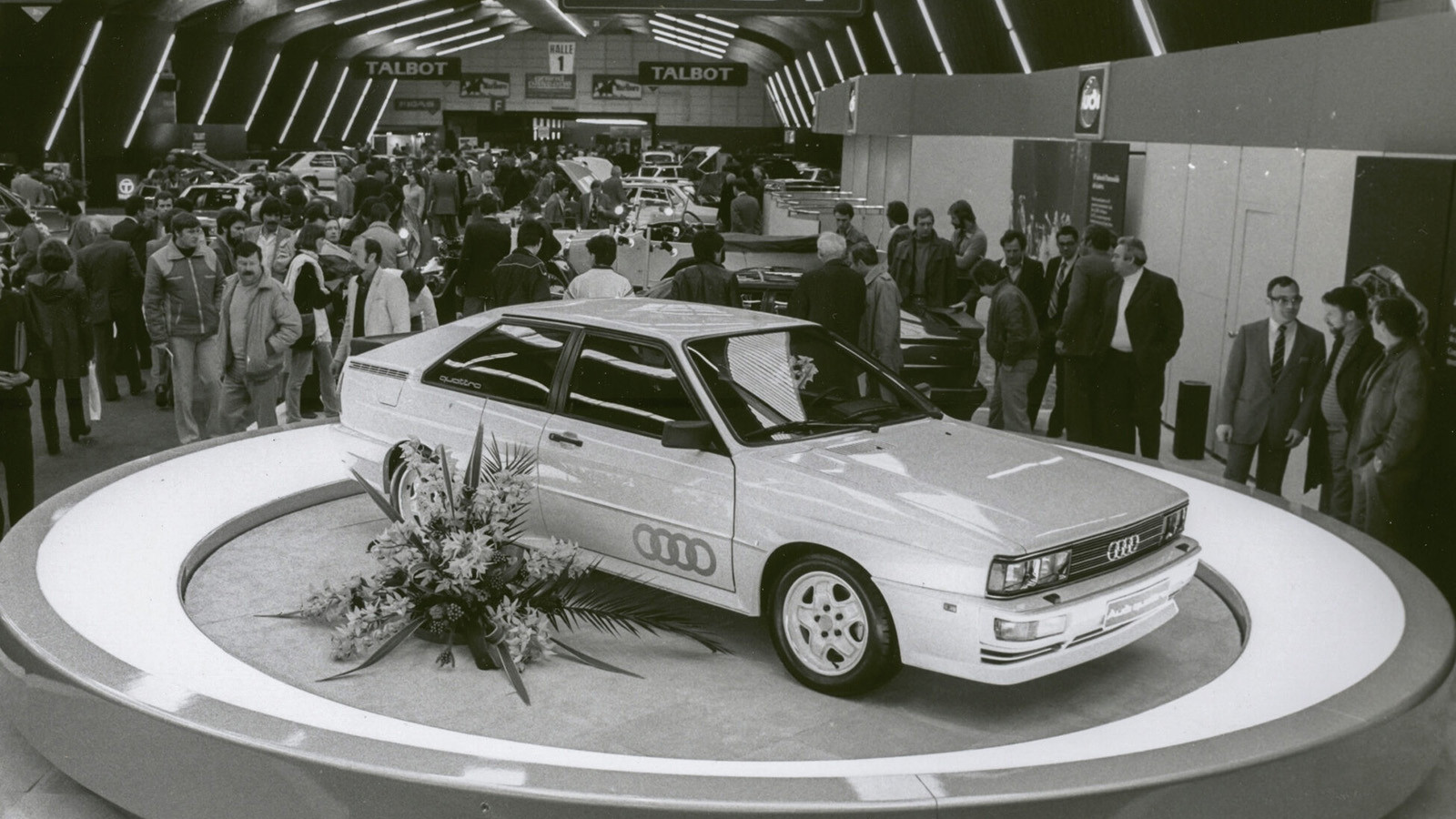 © Geneva International Motor Show
© Geneva International Motor Show -
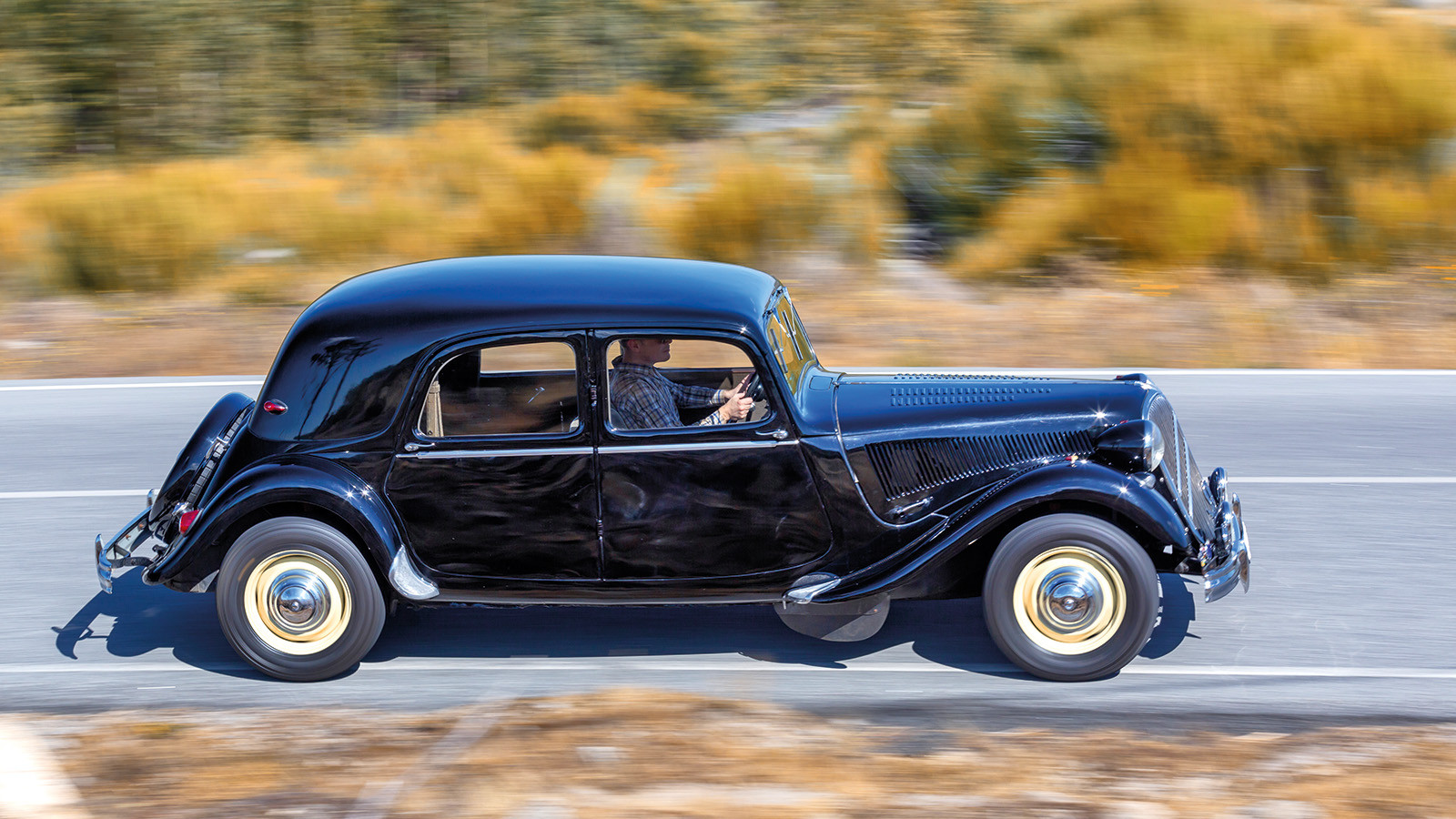 © Manuel Portugal/Classic & Sports Car
© Manuel Portugal/Classic & Sports Car -
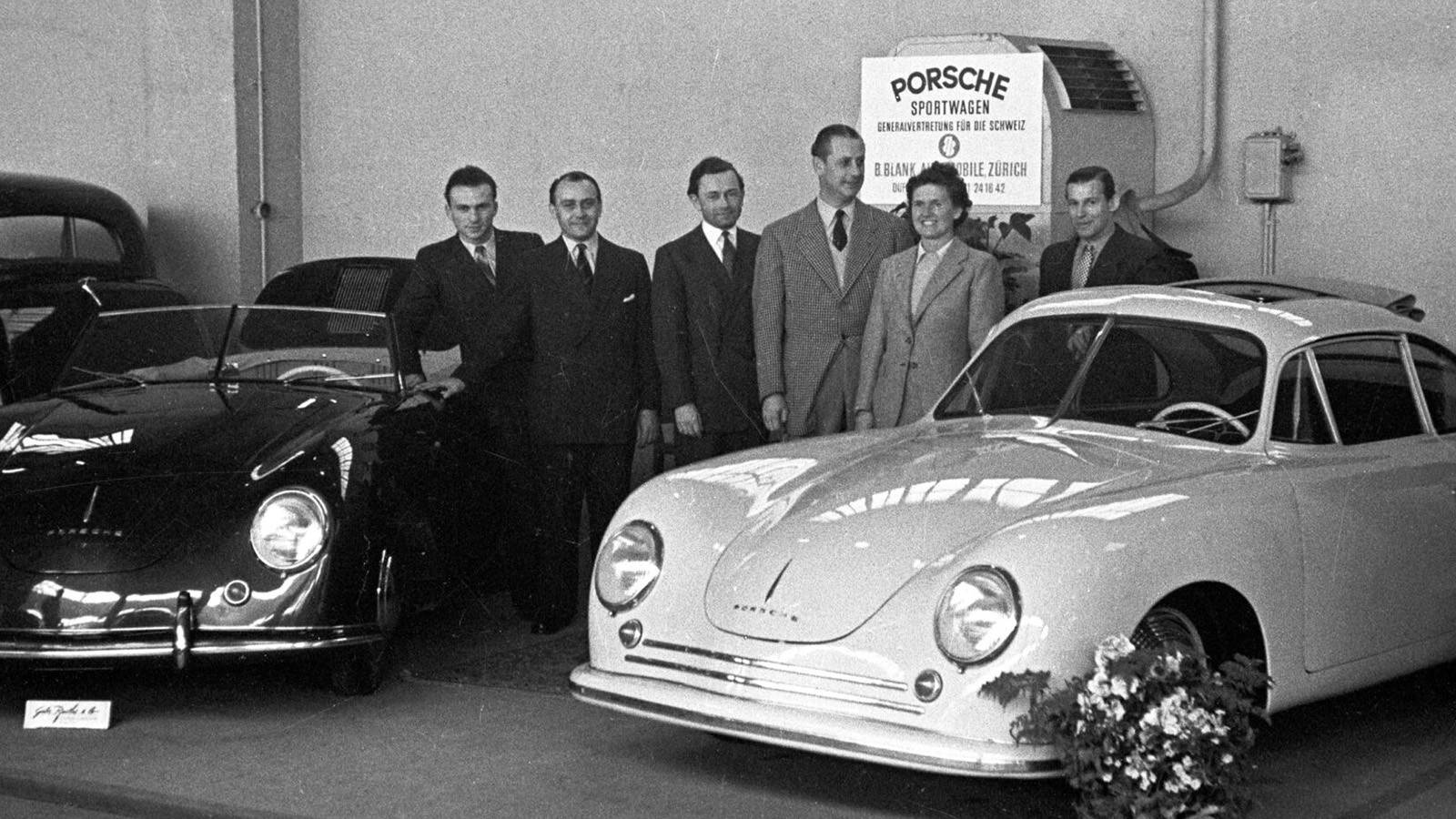 © Geneva International Motor Show
© Geneva International Motor Show -
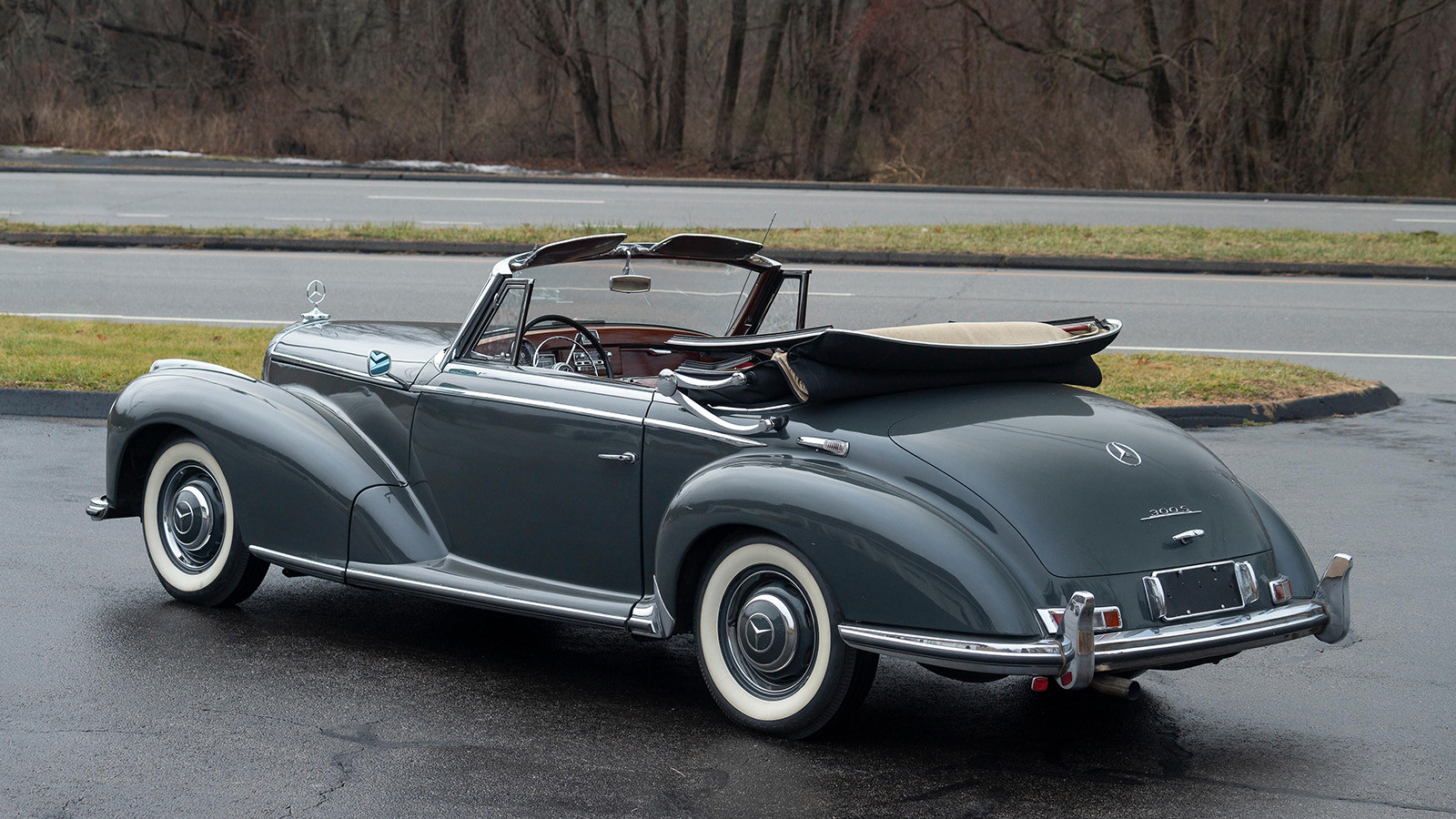 © Bonhams|Cars
© Bonhams|Cars -
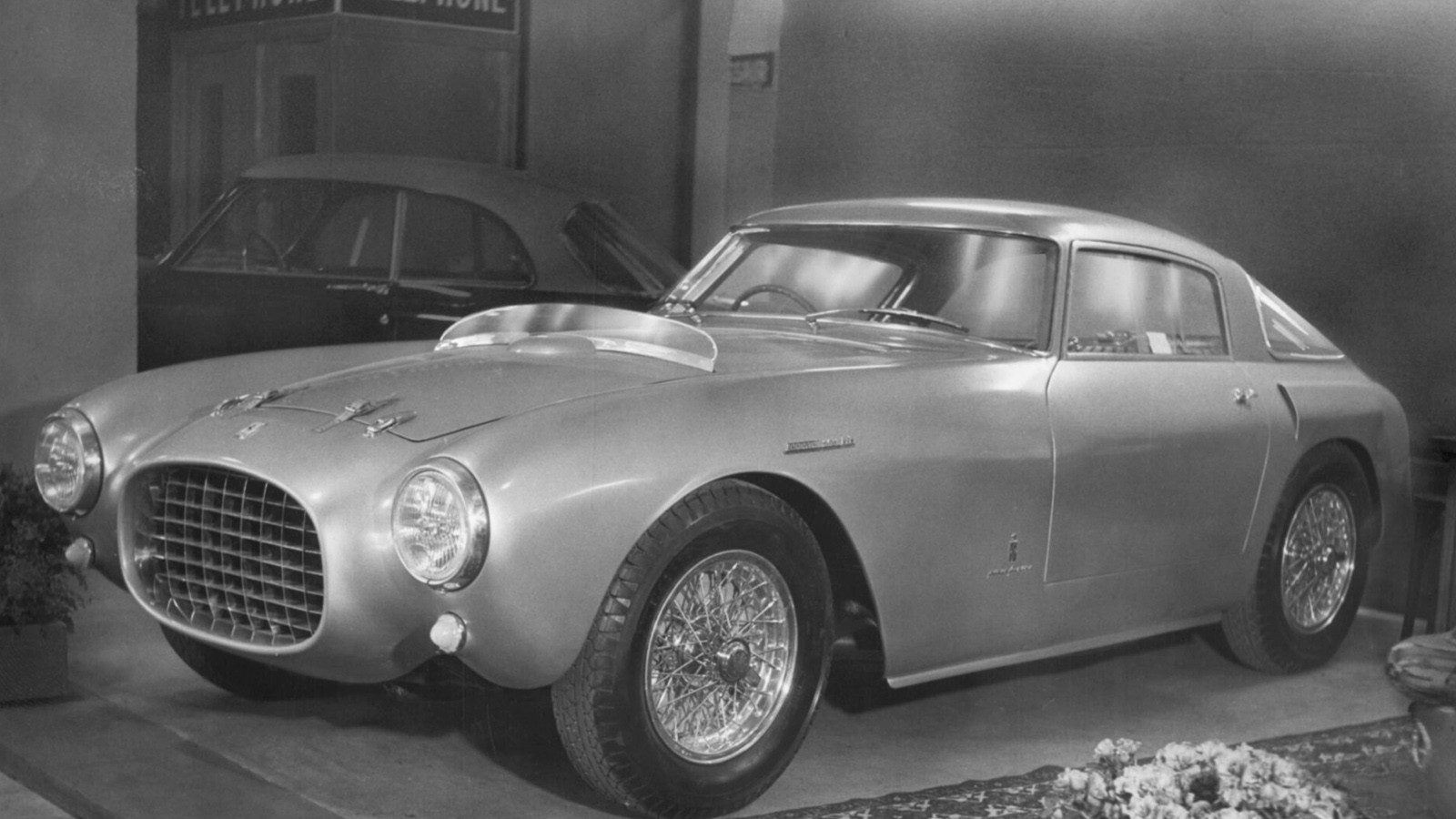 © Geneva International Motor Show
© Geneva International Motor Show -
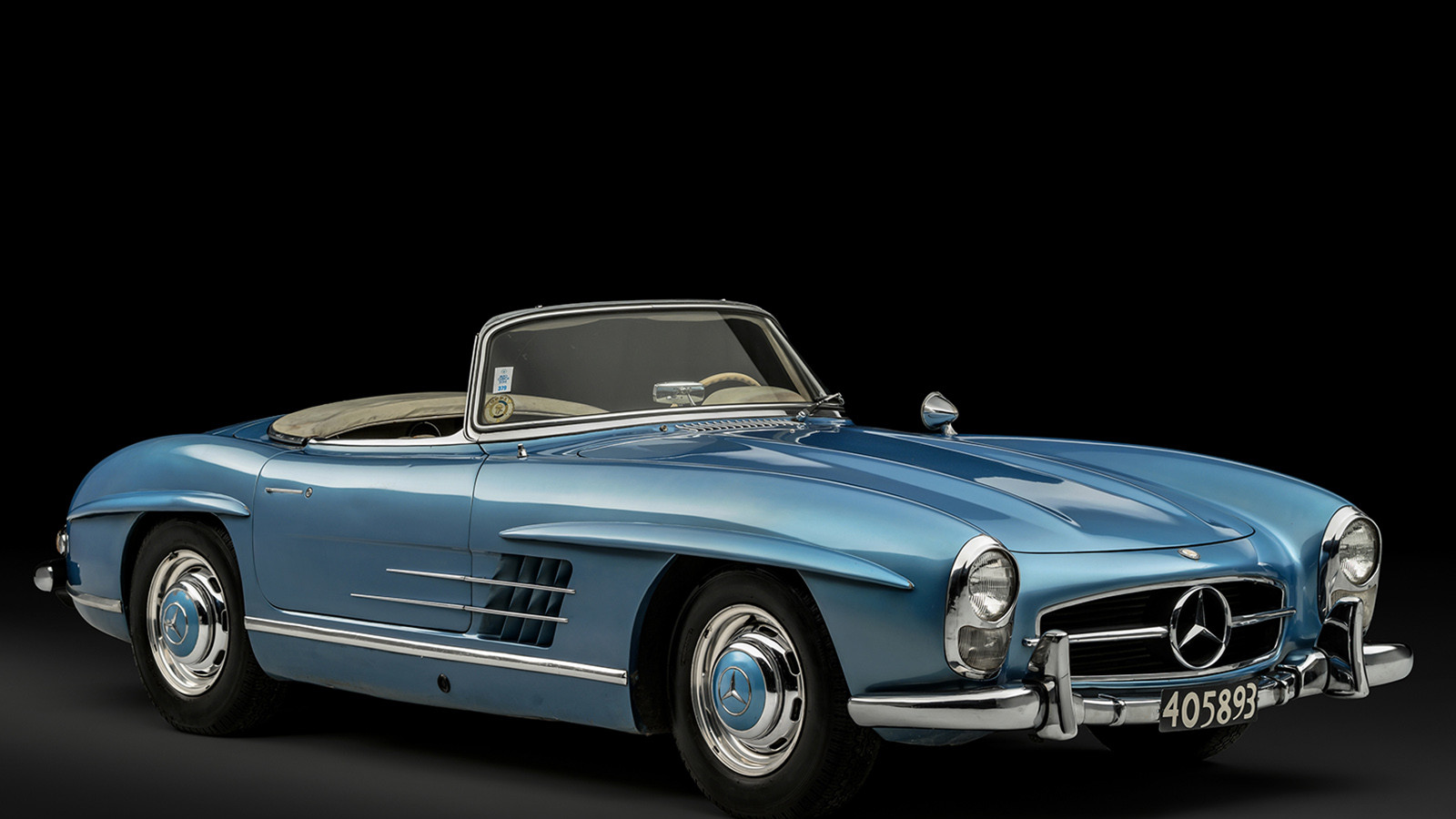 © Tim Scott/RM Sotheby’s
© Tim Scott/RM Sotheby’s -
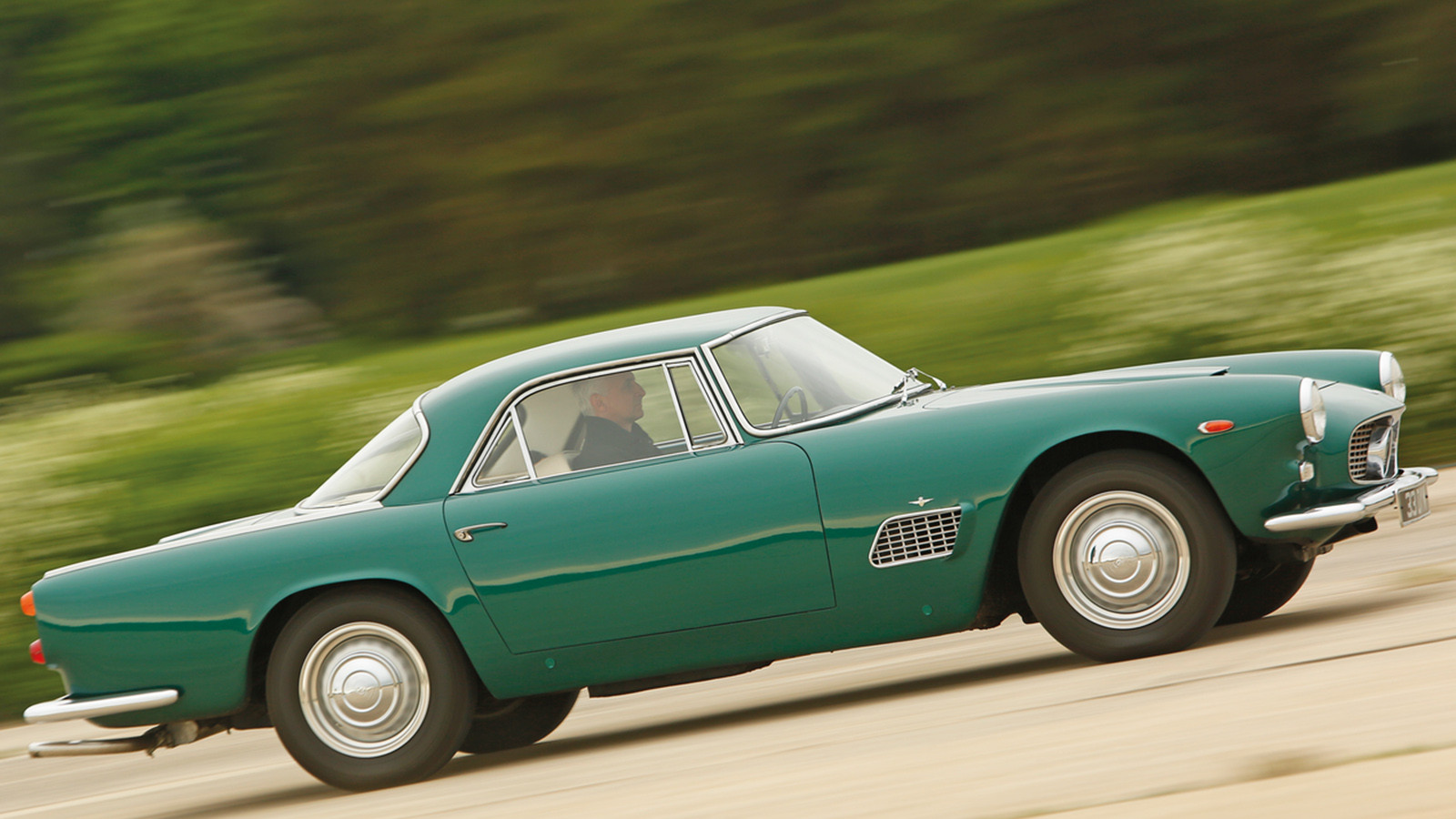 © Tony Baker/Classic & Sports Car
© Tony Baker/Classic & Sports Car -
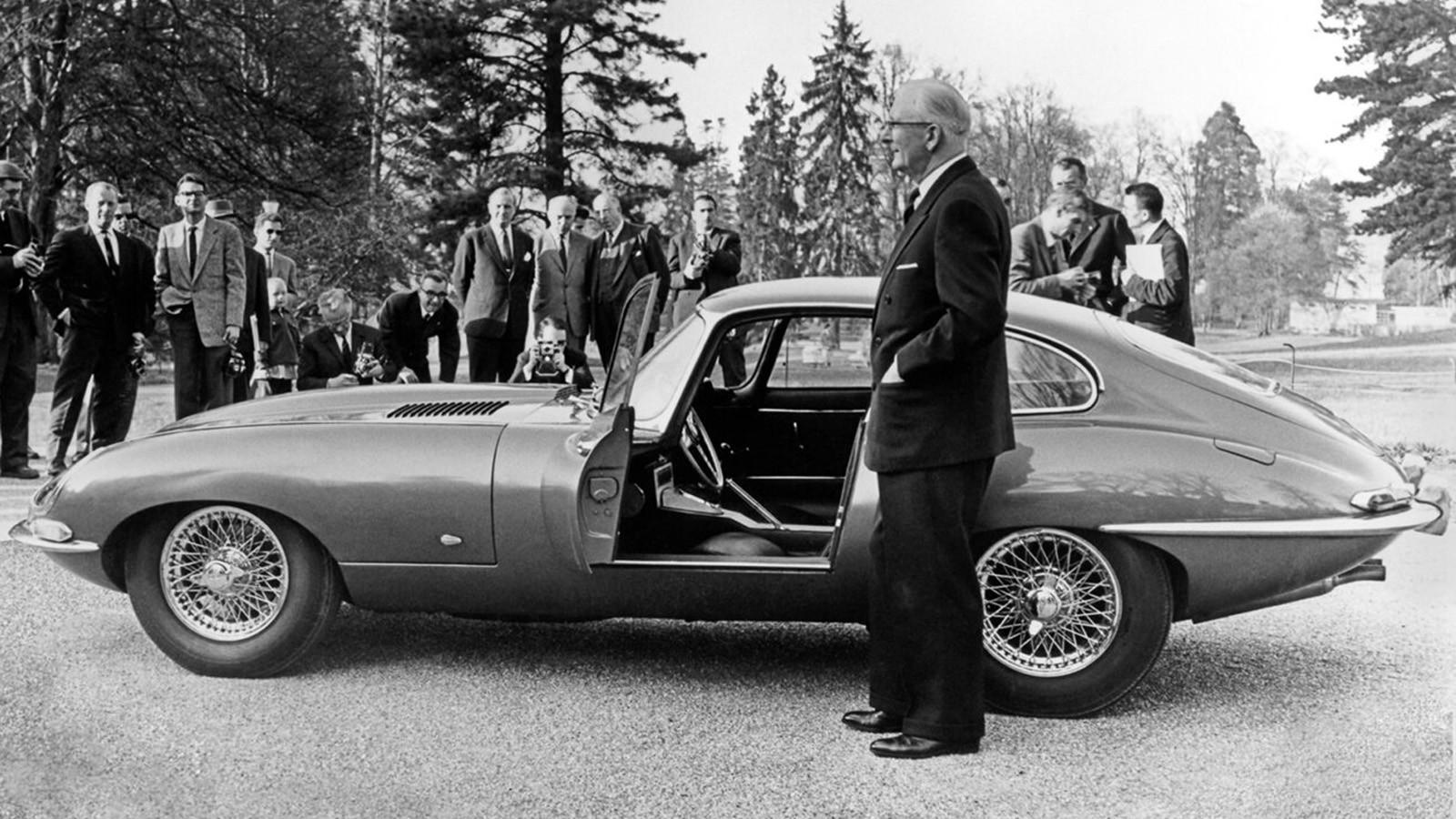 © Geneva International Motor Show
© Geneva International Motor Show -
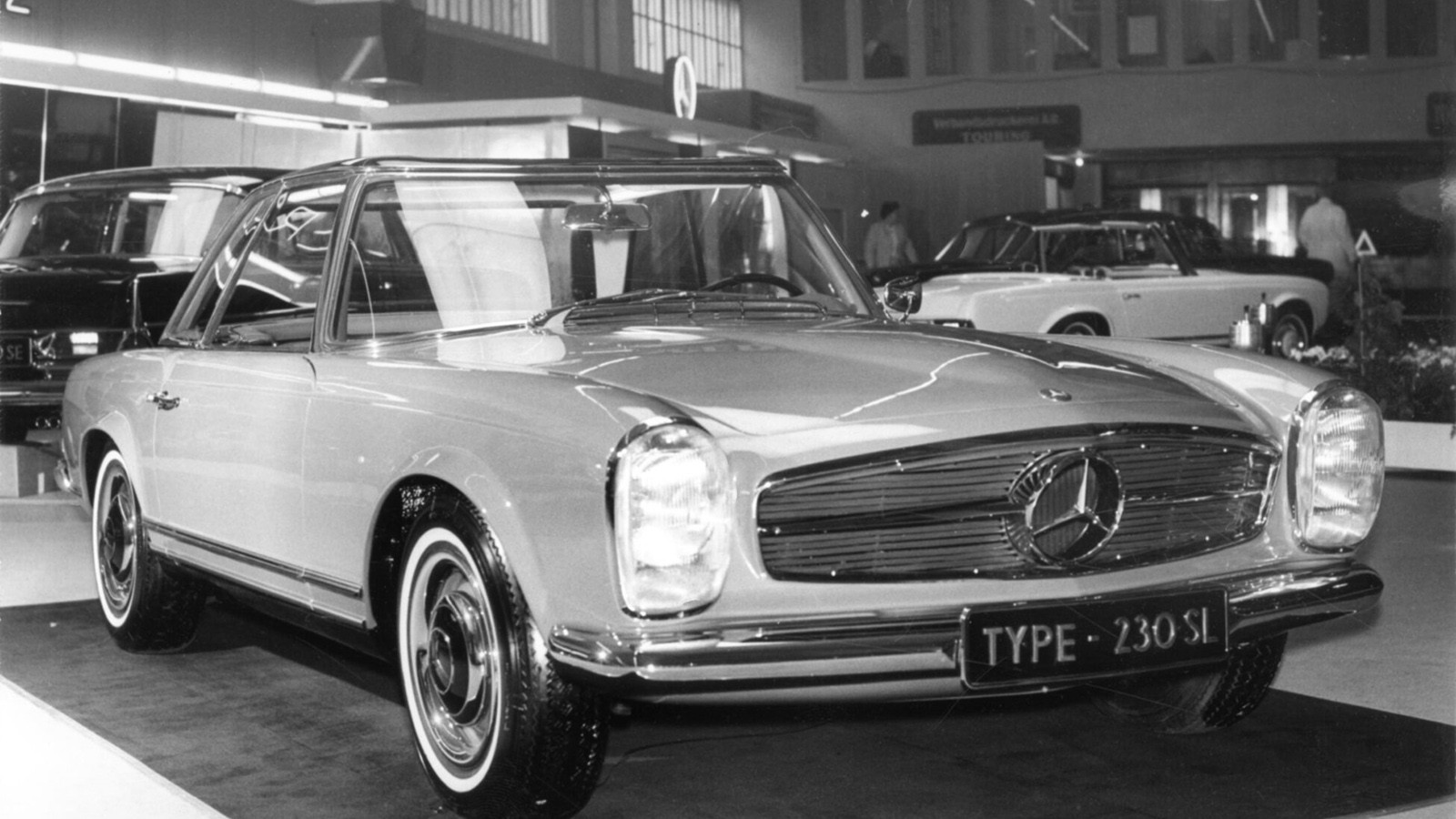 © Geneva International Motor Show
© Geneva International Motor Show -
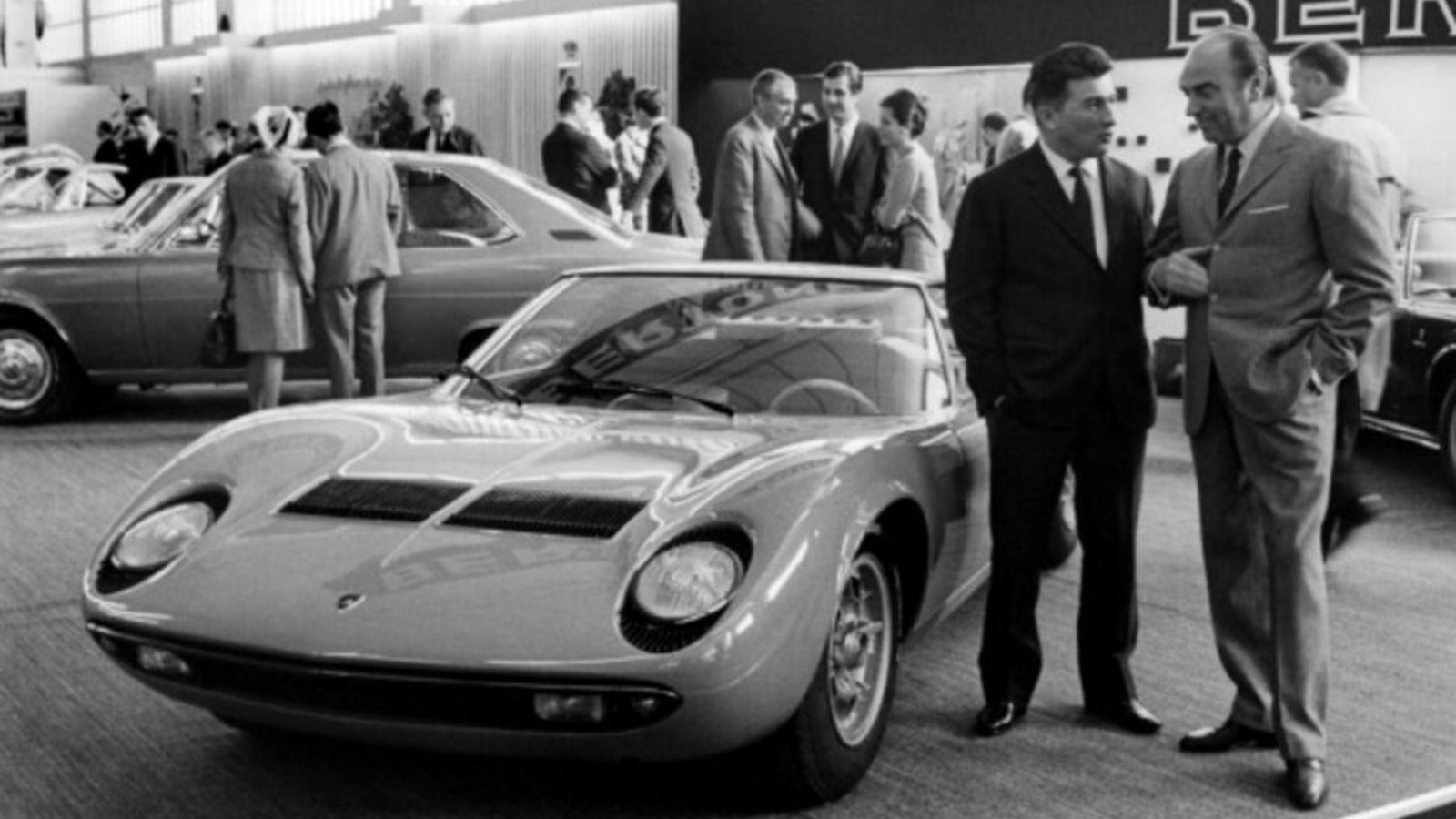 © Geneva International Motor Show
© Geneva International Motor Show -
 © Geneva International Motor Show
© Geneva International Motor Show -
 © Jaguar Land Rover SVO
© Jaguar Land Rover SVO -
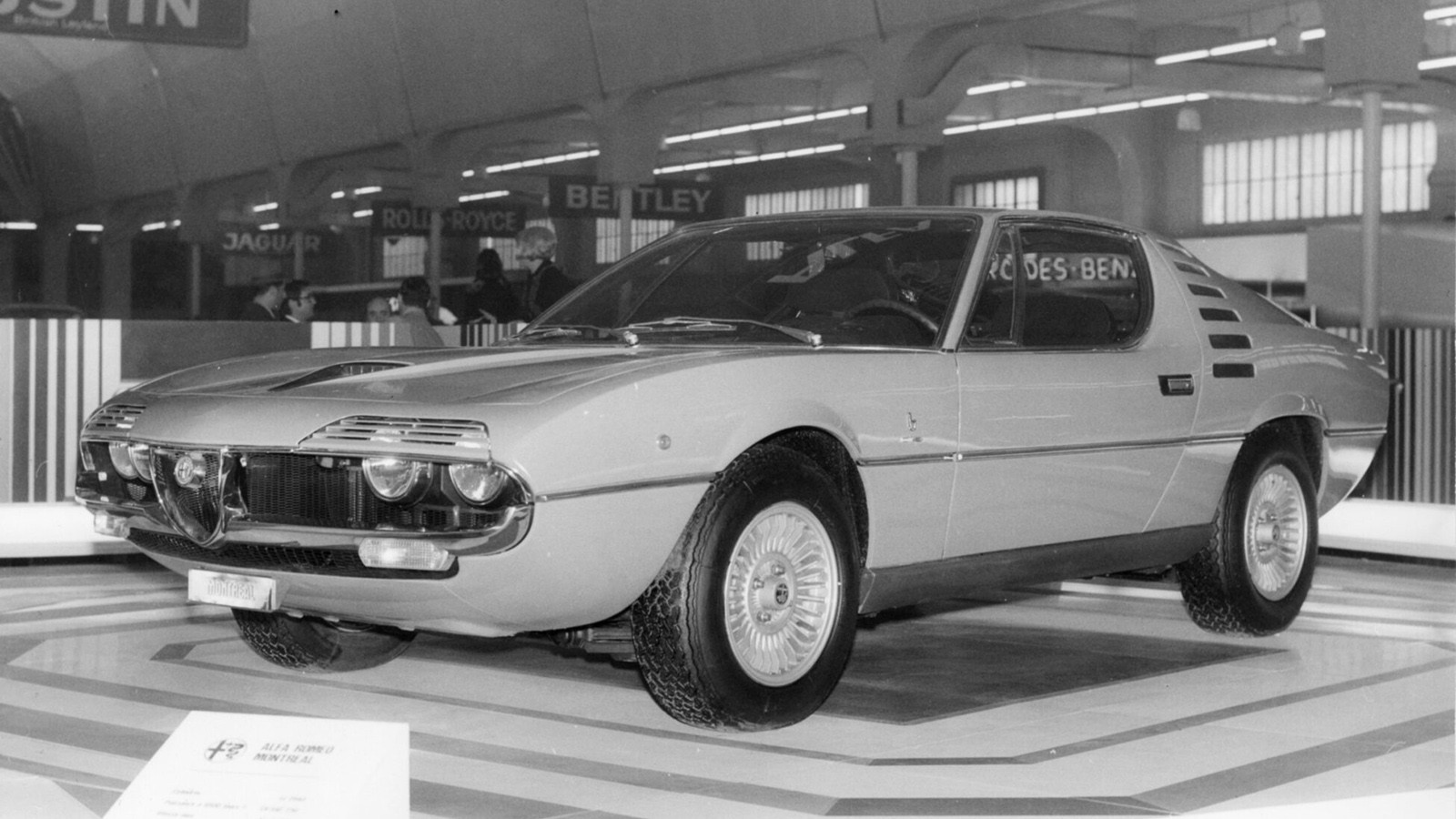 © Geneva International Motor Show
© Geneva International Motor Show -
 © Geneva International Motor Show
© Geneva International Motor Show -
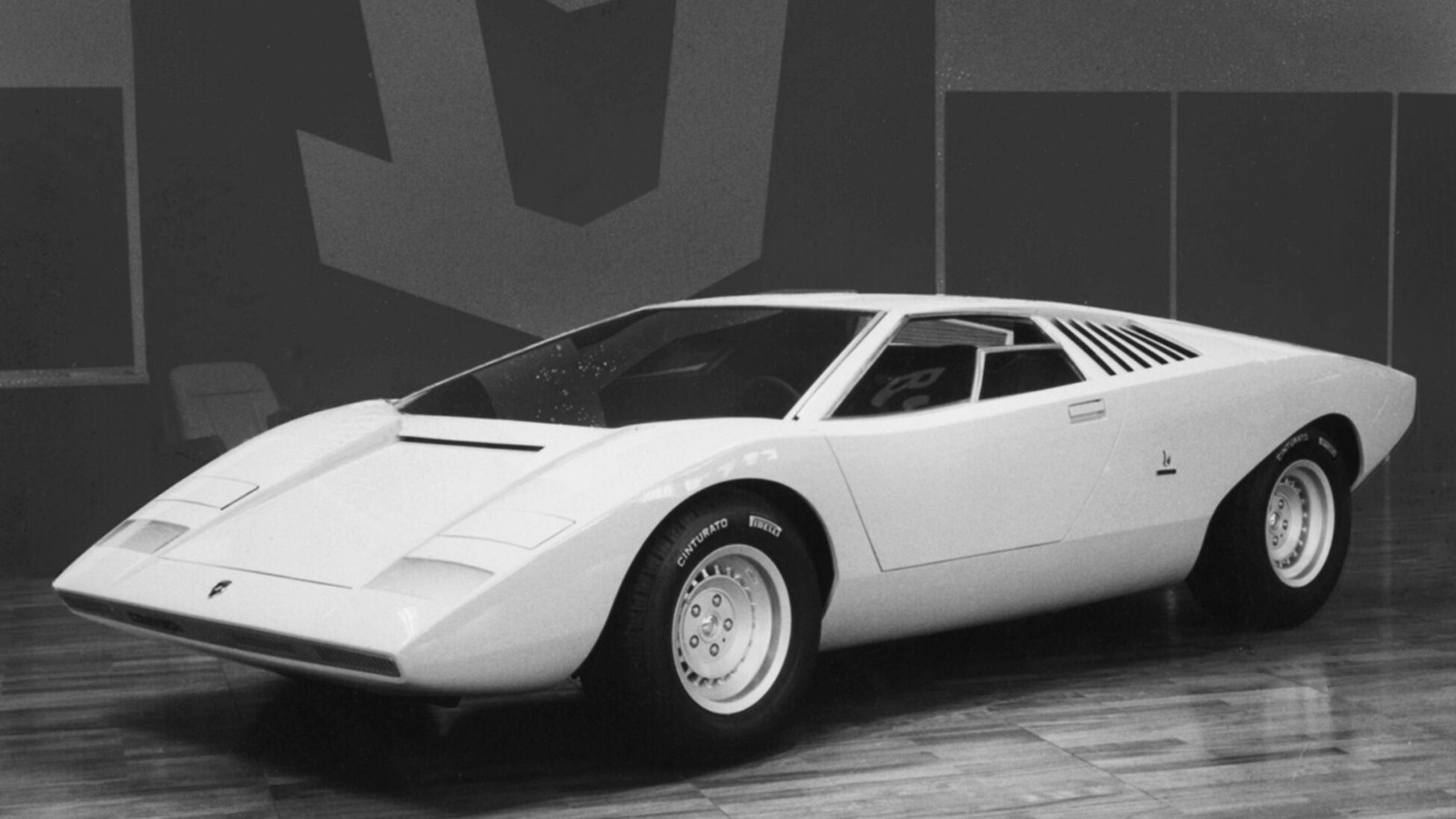 © Geneva International Motor Show
© Geneva International Motor Show -
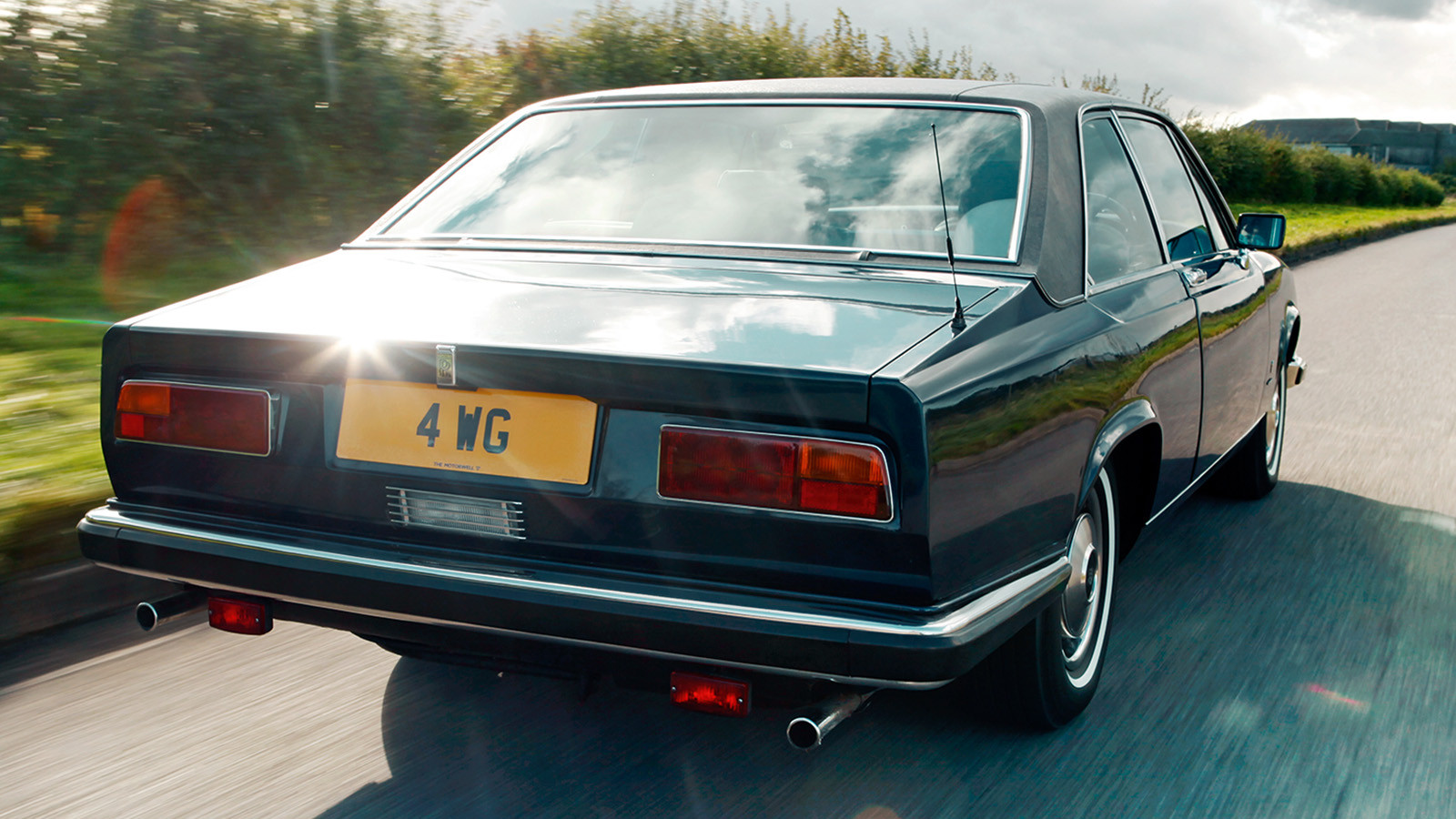 © Tony Baker/Classic & Sports Car
© Tony Baker/Classic & Sports Car -
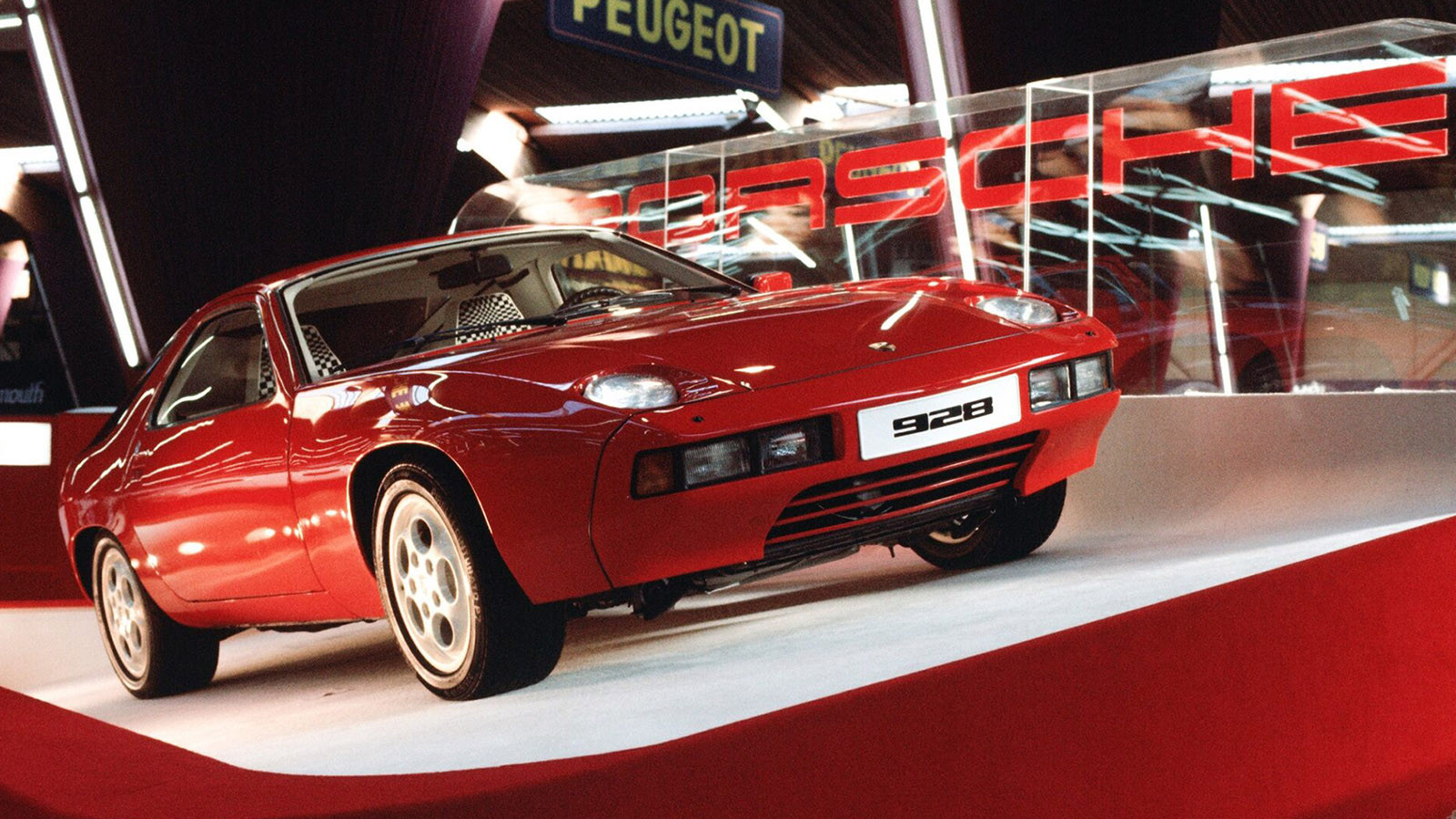 © Geneva International Motor Show
© Geneva International Motor Show -
 © Tony Baker/Classic & Sports Car
© Tony Baker/Classic & Sports Car -
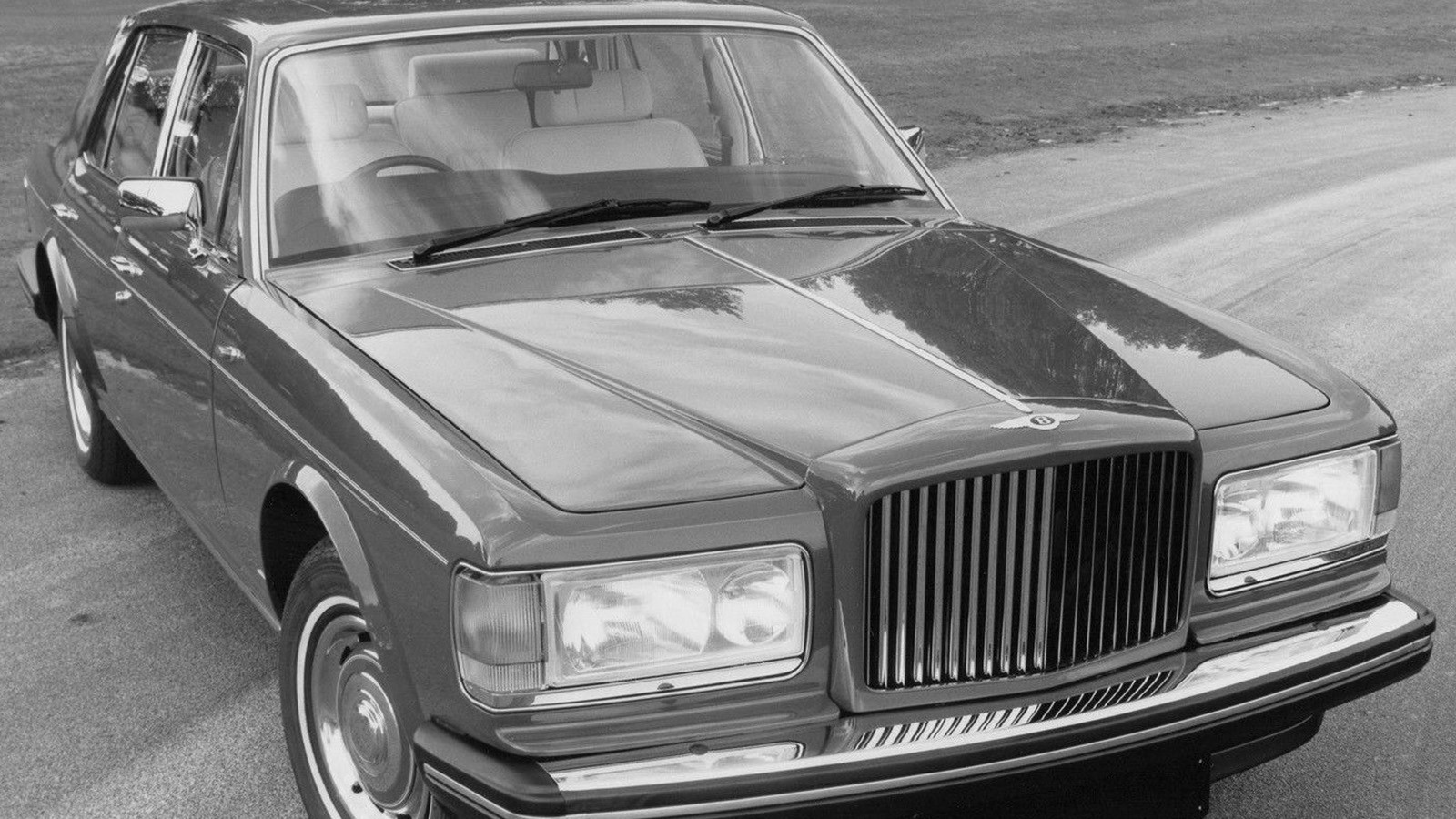 © Bentley
© Bentley -
 © RM Sotheby’s
© RM Sotheby’s -
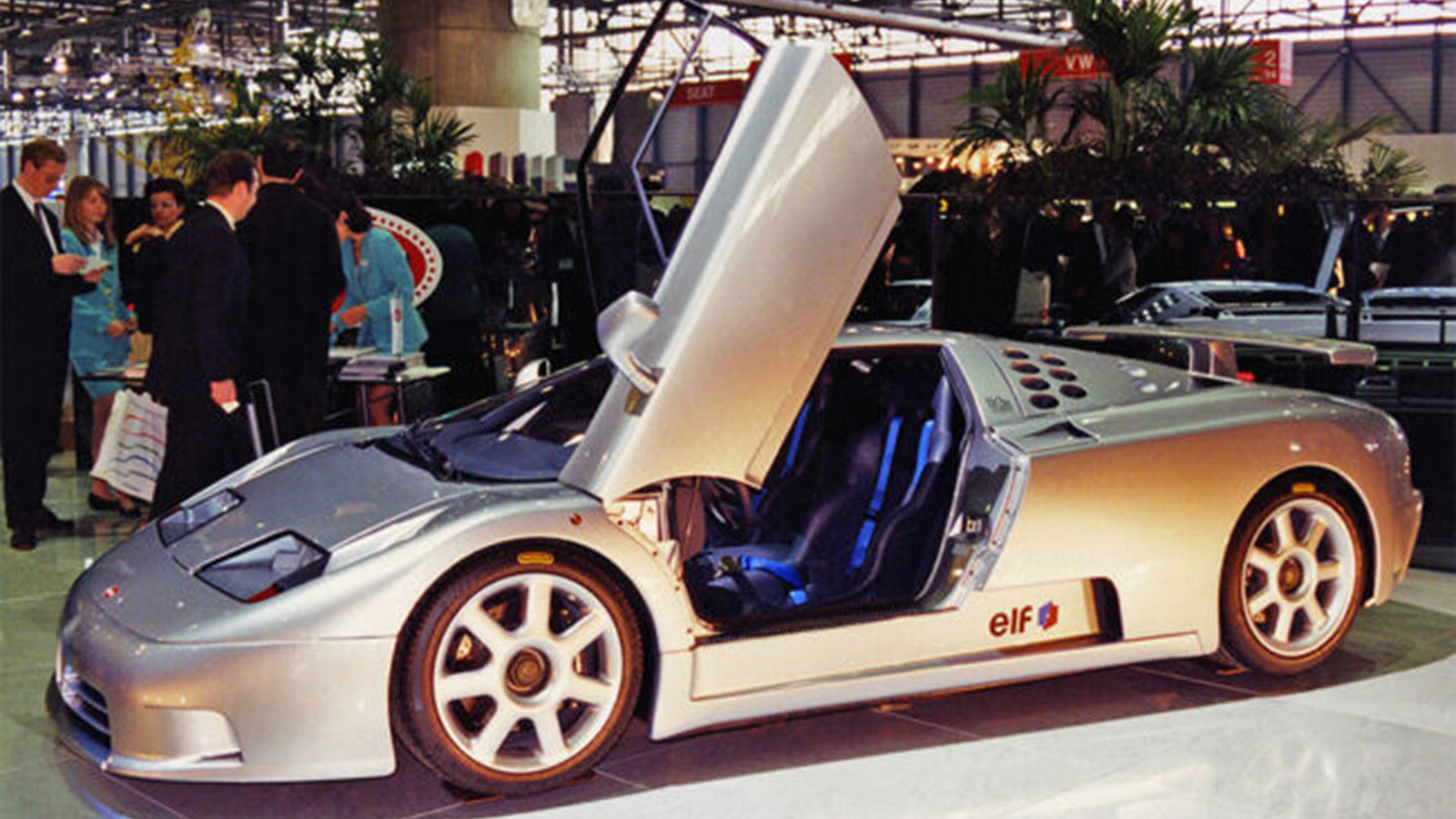 © Geneva International Motor Show
© Geneva International Motor Show -
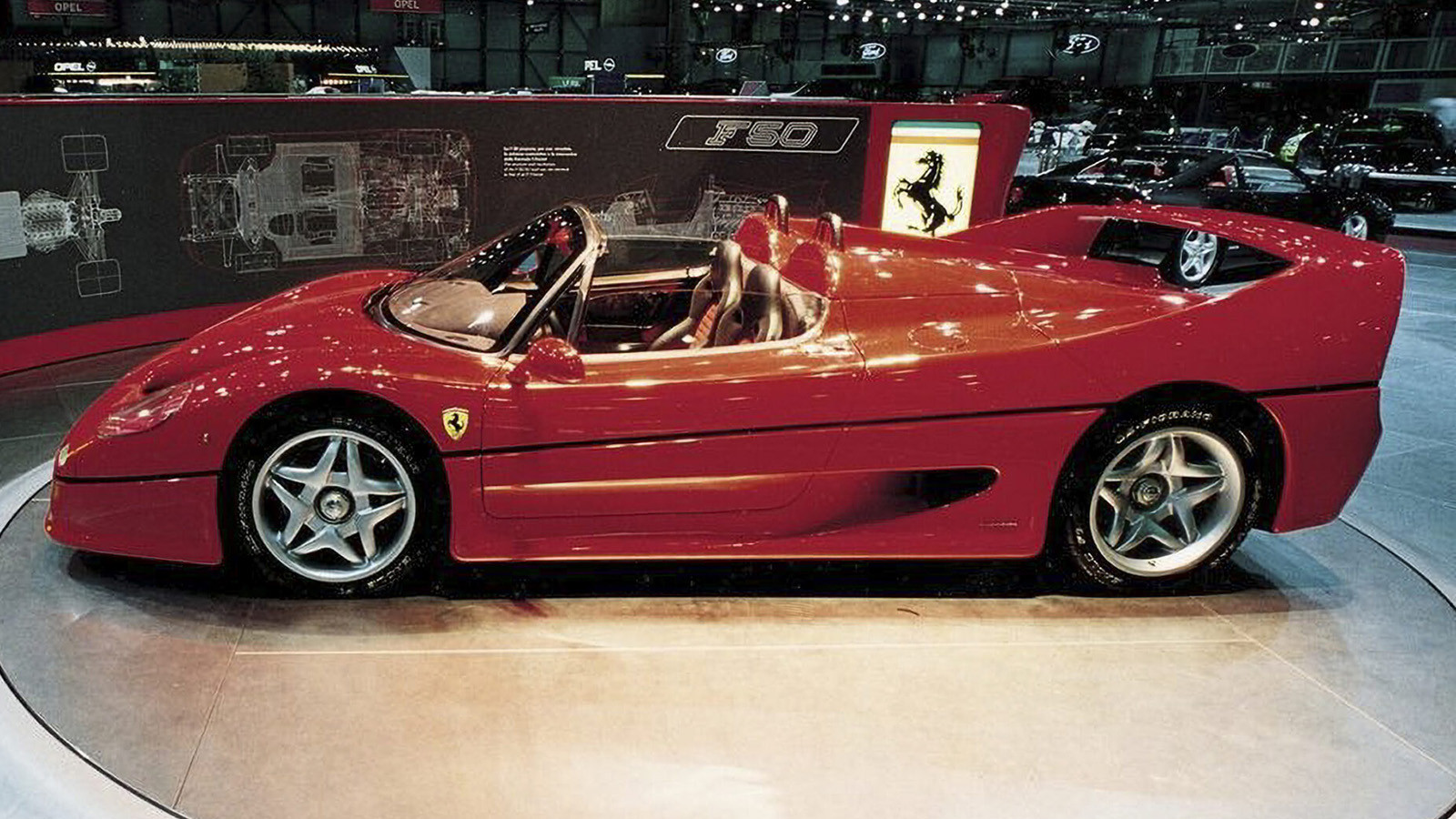 © Geneva International Motor Show
© Geneva International Motor Show -
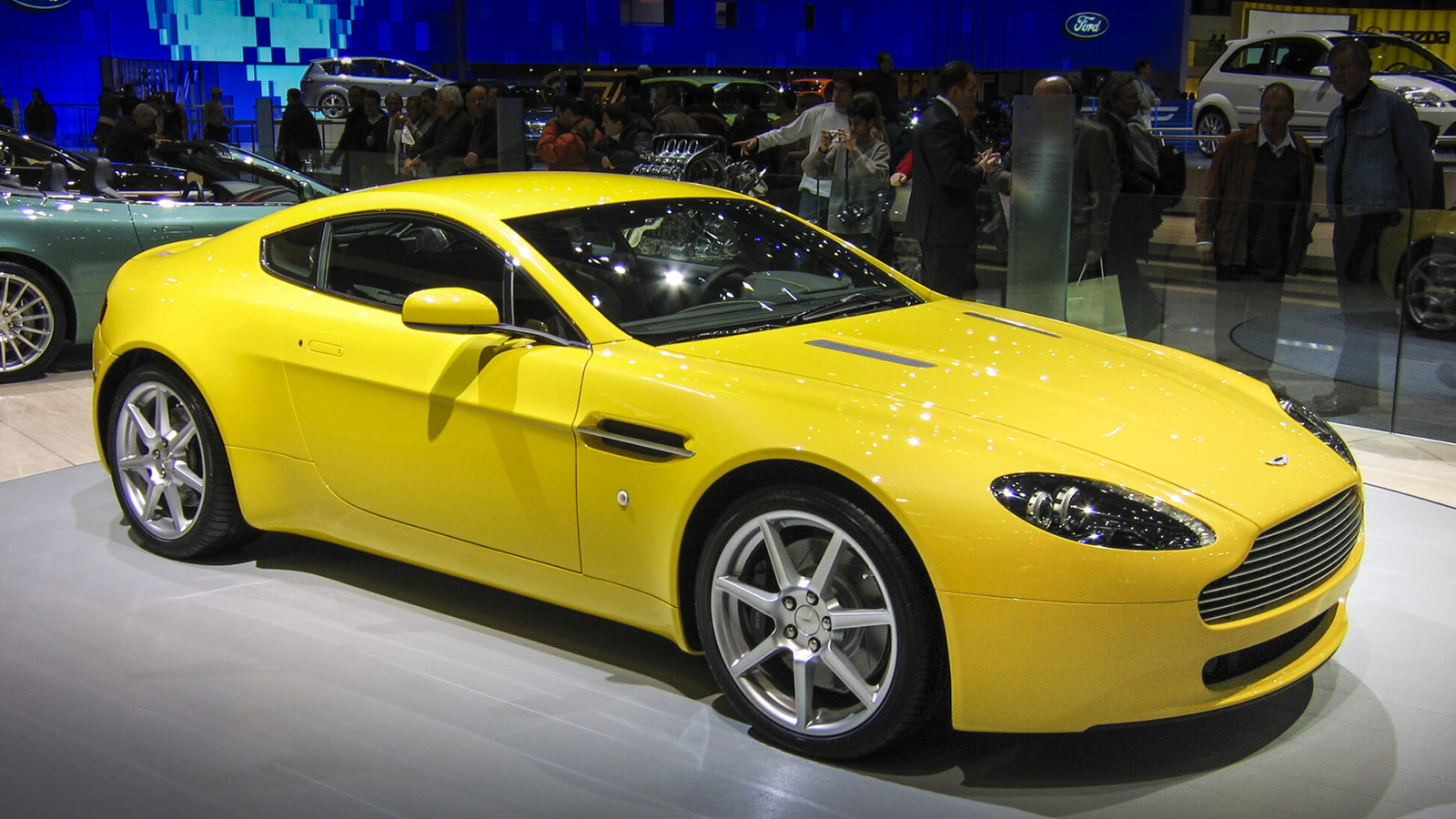 © Geneva International Motor Show
© Geneva International Motor Show
-
Top car debuts at the big Swiss show
At the start of the last century, Switzerland was home to 70 fledgling car makers, so it was no surprise when Geneva, one of its most prosperous cities, hosted the inaugural Swiss National Automobile and Cycle Exhibition in 1905.
By 1924, the event was attracting manufacturers from across the world and re-branded the Geneva International Motor Show, with more than 100,000 visitors the following year.
And up until March 2020, it was the unofficial jewel in the global motor-show crown.
Despite being dwarfed by other shows in terms of surface area (actually, one of its many assets), Geneva punched well above its weight and was not only the launch pad for some of the 20th century’s greatest cars – take a bow, Jaguar E-type – but also entire brands, such as Porsche.
Alas, since the COVID-19 pandemic caused the 2020 show to be cancelled, there was so little manufacturer support when it returned at the start of 2024 that its organisers elected to relocate the entire show to Doha, the capital of Qatar.
But Geneva’s legacy is immense and here, in chronological order, are some of the most important cars to have been revealed at the show in its 100-plus-year history.
-
1. 1935 Citroën 7 (Traction Avant)
While Citroën had launched the 7 in 1934, it didn’t make its motor show debut at Geneva until the following year.
Unofficially known as the Traction Avant (the ‘7’ and subsequent numeric model identifiers were based on France’s fiscal horsepower ratings), it was the first unitary-construction, front-wheel-drive car to be sold in serious numbers (760,000 until production finished in 1957).
Built as a saloon, convertible and even a hatch, the Traction Avant had independent front suspension – a rarity at the time – and, from 1936, rack-and-pinion steering.
-
2. 1949 Porsche 356
On 17 March 1949, Porsche – the brand – received its motor show debut at Geneva, displaying the first models to carry its now-famous nameplate.
The 356 – presented in coupé and cabriolet form on the show stand – was a rear-engined car which used Volkswagen-sourced 1086cc, flat-four mechanicals.
Performance was sedate: 0-60mph in 23.5 secs, en route to a top speed of 85mph.
Only 52 Porsche 356s were produced in Gmünd, Austria, until 1951, after which manufacturing switched to Zuffenhausen in Germany.
-
3. 1951 Mercedes-Benz 300S Cabriolet
While the Mercedes-Benz 300S Cabriolet’s presence at Geneva in March 1952 wasn’t deemed an official launch – that was to happen at Paris six months later – the prototype displayed was certainly intended to whet the appetites of potential buyers.
And costing 50% more than the 300 saloon, and around twice that of a range-topping Cadillac at the time, the handbuilt 300S Cabriolet needed to justify its worth.
But fitted with Mercedes’ advanced, overhead-cam, 2996cc M188 straight-six engine, which was soon to make an appearance in the 300SL Gullwing, this was set to be one of the fastest and most opulent cabriolets the world had seen. Buyers needed little convincing.
-
4. 1953 Ferrari 250MM Berlinetta
The 250MM Berlinetta was the first Ferrari to be launched at the Geneva show.
With its name paying tribute to the 250S prototype which had won the previous year’s Mille Miglia in the hands of Giovanni Bracco, the 250MM took pride of place on Ferrari’s show stand.
Powered by Ferrari’s then-new Gioacchino Colombo-designed 3-litre V12 engine, the 250MM addressed the problems associated with the 250S’s unreliable transmission by using a more rugged rear axle, and replacing the five-speed gearbox with a four-speed unit.
-
5. 1957 Mercedes-Benz 300SL Roadster
Three years after the 300SL Coupé (Gullwing) launched, Mercedes-Benz revealed its Roadster sibling at the Geneva show.
A less hardcore and more user-friendly model, the 300SL Roadster was aimed firmly at the affluent California market.
Concessions made to improved usability included lowering the sills for better access to the cabin, as well as modifying the car’s tubular frame to improve boot volume.
But despite weighing 125kg (276lb) more than the Coupé, the Roadster sacrificed little in performance, which still meant a near-150mph top speed.
When Roadster production ceased in 1963, 1858 cars had been made, an advance of more than 400 over the earlier Coupé.
-
6. 1957 Maserati 3500GT
While Maserati had enjoyed huge competition success during the 1950s, its road cars were only produced in tiny numbers and delivered little profit for the company.
The 3500GT was to change that and from the start was conceived as a more mainstream offering.
Launched at the Geneva motor show in March 1957 as both a 2+2 Coupé and a two-seat Spyder, the new car was an instant hit, with most customers opting for Touring’s Superleggera aluminium body.
Powered by Maserati’s 3485cc straight-six, performance was prodigious, with the 3500GT capable of 145mph.
-
7. 1961 Jaguar E-type
Few cars in history, let alone at the Geneva motor show, have elicited as much praise at launch for their style, performance and affordability as the Jaguar E-type.
The new model’s mix of advanced engineering and an achingly beautiful Malcolm Sayer body design, all powered by Jaguar’s lusty 3.8-litre ‘six’, made it one of the most significant launches of the 1960s – more so, when the roadster version cost little more than £2000 in its home UK market.
It was a memorable launch for the media, too: gathered in Geneva’s Le Gastronomic du Parc des Eaux Vives restaurant on the eve of the show, the car was hidden in a giant packing case, the sides of which collapsed to reveal the E-type for the first time.
-
8. 1963 Mercedes-Benz 230SL Pagoda
Looking refreshingly modern compared with its predecessors, Mercedes’ 230SL took centre stage at Geneva in 1963.
Better known as the Pagoda, thanks to its concave hardtop, the two-door, two-seat coupé/roadster was packed with advanced technology, such as aluminium body parts to reduce weight, and crumple zones front and rear as part of its Paul Bracq-designed ‘safety body’.
All models were powered by straight-six engines with multi-point fuel injection, which, during the course of its eight-year life, ranged from 2.3 to 2.8 litres in capacity.
-
9. 1966 Lamborghini Miura
One can only imagine the reaction of Ferrari when its greatest rival, Lamborghini, unveiled the effective template for the modern-day supercar at the Geneva motor show in 1966.
The Miura was the first car of its type with a rear-mid-mounted engine – in this case, a transversely located, 3.9-litre V12 – providing superior handling balance.
Designed by Marcello Gandini, the Miura also looked like it was from a future decade, with its ultra-low, raked-back stance, which contributed to its claimed 174mph top speed.
The prototype displayed at Geneva was only completed two days before the show and, because engineers struggled to make its V12 unit fit, the engine bay had to be filled with ballast instead.
-
10. 1969 Porsche 917
Porsche’s Le Mans-winning intent was laid bare at the 1969 Geneva show, when it revealed the 917 racer, chassis #001.
The first of 25 917s to be produced by Porsche to satisfy homologation requirements for Group 4 racing, it was built around a spaceframe which weighed just 42kg (93lb) and was powered (in its first guise) by a 4.5-litre, air-cooled flat-12 producing around 520bhp.
Race success came quickly, the Porsche 917 taking overall victory at the 24 Hours of Le Mans in both 1970 and ’71, with its dominance in world sports-car championships continuing well into the decade.
-
11. 1970 Range Rover
Returning to an abandoned ‘Road Rover’ project from the 1950s, Land Rover’s Gordon Bashford and Spen King started developing the Range Rover in 1966.
It was conceived as an upmarket Land Rover with superior roadgoing characteristics and performance, thanks to coil-sprung suspension, all-round disc brakes and use of Rover’s new Buick-derived, 3.5-litre V8 engine.
Far-removed from the opulent, technology-strewn model we know today, the Range Rover that launched at Geneva in 1970 featured vinyl seats, plastic flooring and minimal instrumentation.
But by the time the last of the two-door ‘classics’ rolled off the line in 1981, the Range Rover was already in the lap of luxury.
-
12. 1970 Alfa Romeo Montreal
Unveiled as a concept at Montreal’s Expo 67 (hence the eventual moniker), the production version of Alfa Romeo’s Montreal evolved considerably by the time it was launched at Geneva in 1970.
With its dramatic, shark-like profile penned by Marcello Gandini at Bertone, the Montreal’s engine was derived from Alfa’s Tipo 33 sports-prototype racer.
That equated to a 2.6-litre, cross-plane, dry-sump V8. Performance was brisk, rather than eye-popping, with 0-60mph in 7.5 secs and a top speed of 136mph.
-
13. 1970 Citroën SM
Citroën’s purchase of Maserati in 1968 led to the creation of one of the 1970’s most eccentric performance saloons: the Robert Opron-designed Citroën SM.
Incorporating much of the avant-garde technology from the DS, such as self-levelling hydropneumatic suspension, self-levelling headlights that swivelled as the steering wheel turned, plus variable, power-assisted steering, the SM added a Maserati engine to up the appeal yet further.
Later used in Maserati’s Merak, and initially of a 2.7-litre capacity, the V6 engine, with triple-Weber carburation, produced 168bhp.
Acceleration of 0-60mph in 8.5 secs trailed many rivals, but thanks to excellent aerodynamics the SM could achieve a maximum speed of 137mph.
-
14. 1971 Lamborghini LP500 prototype
Lamborghini’s shock replacement for the Miura was previewed at Geneva in 1971.
With its distinctive wedge shape, the LP500 Countach prototype was a complete departure from the Miura’s softer, more rounded lines, although it retained that model’s mid-mounted V12.
Designed once more by Marcello Gandini at Bertone, the LP500 showcased the future production model’s scissor doors, which would be the first of their kind in the industry.
Two further prototypes followed at Geneva in 1973 and ’74, before production started with Lamborghini’s LP400 Countach the same year.
-
15. 1975 Rolls-Royce Camargue
The Camargue was the first Rolls-Royce model not to be designed in-house, or created by one of Rolls’ regular coachbuilders, such as Mulliner Park Ward or Hooper.
Paolo Martin at Pininfarina was responsible for the Camargue’s distinctive lines, which have subsequently polarised opinion, despite robust sales of the car during its 11-year run.
Powered by Rolls-Royce’s evergreen 6.75-litre V8 engine, the Camargue was, for much of its life, the most expensive production car in the world.
-
16. 1977 Porsche 928
Presented at the 1977 Geneva show, the Porsche 928 went on to become the only sports car to ever be crowned European Car of the Year.
The 928 allowed Porsche to take the GT fight to BMW and Mercedes-Benz, and thanks to its (relatively) efficient 4.5-litre V8 engine, advanced safety features and sleek, ultra-modern, 2+2 body design – including those memorable fold-flat headlights – it could almost have been a credible replacement for the aged 911.
But only one of those cars still exists today.
-
17. 1980 Audi quattro
The production version of the Audi quattro was unveiled at the Geneva motor show on 3 March 1980, and in the same year it started Audi’s assault on the World Rally Championship, following a rule change that permitted use of four-wheel-drive transmissions.
Based on the existing Audi Coupé, but externally defined by wider wings, more prominent bumpers and a rear spoiler, the road car was powered (in its first iteration) by a 10-valve, 2.1-litre five-cylinder engine, turbocharged to produce 197bhp and deliver 0-60mph acceleration of 7.1 secs
Its all-wheel-drive transmission made it an immensely capable point-to-point machine.
Successful on the road and on rally stages, it helped Audi to WRC manufacturers’ titles in 1982 and ’84, and Hannu Mikkola and Stig Blomqvist drove quattros to the 1983 and ’84 drivers’ championships respectively, plus the model had an 11-year life as a production car, selling 11,452 units.
-
18. 1982 Bentley Mulsanne Turbo
In the post-war years, Bentley models had largely been perceived as badge-engineered versions of their Rolls-Royce siblings – which wasn’t far from the truth.
But that changed in 1982, when, by dint of some chassis revisions and a Garrett AiResearch turbocharger bolted to its venerable 6.75-litre V8 engine, the Mulsanne morphed into the Mulsanne Turbo and was presented at the Geneva show.
Autocar called it ‘Crewe’s Missile’ , and, with a near-50% power hike, it wasn’t far wrong.
Performance was astounding for such a vast, heavy limousine, with 0-60mph in 8.1 secs and a top speed of 137mph.
-
19. 1984 Ferrari 288GTO
Ferrari’s retort to accusations that its products had turned ‘soft’ under Fiat’s management was the 288GTO, which appeared at Geneva in 1984.
Originally conceived as a homologation special to allow Ferrari to compete in Group B rallying and introduce a more hardcore road car to its range, the 288GTO’s life was cut short after the World Rally Championship killed Group B.
But, while it lasted, the brutally fast 288GTO turned the tide for Ferrari. With its lightweight composite body and twin-turbocharged 2.8-litre V8 engine churning out a wholesome 394bhp, people’s perceptions about any brand softness were smashed.
The 288GTO also paved the way for other more extreme Ferraris, such as the F40, F50 and Enzo.
And, while it is known as the 288GTO, Ferrari notes that simply ‘GTO’ is its correct moniker.
-
20. 1992 Bugatti EB110 Super Sport
Italian industrialist Romano Artioli relaunched the Bugatti brand after a long hiatus in the 1980s.
In 1991, the EB110 GT became the first model from the new company, and with a mid-mounted, quad-turbocharged V12 engine and all-wheel drive underpinning its dramatically styled, carbonfibre body, it received a warm reception by the motoring media.
But Bugatti went a stage further for the 1992 Geneva show, when it unveiled an even more potent derivative. The EB110 Super Sport was 150kg (331lb) lighter than the GT, and 50bhp more powerful, with 603bhp.
Alas, both models were short-lived after Artioli’s Bugatti went bust three years later, only to be revived by the VW Group once again in 1998.
-
21. 1995 Ferrari F50
Taking on the ‘extreme’ Ferrari mantle from the legendary F40, the F50 – celebrating the company’s 50th anniversary, albeit slightly early – was as close as Maranello had ever come to producing a Formula One car for the road. No surprise, then, that only 349 were built.
Its composite monocoque was derived from Ferrari’s 1990 F1 car, with the front suspension bolted directly to the carbonfibre passenger cell, which, F1-style, also supported the mid-mounted engine as a load-bearing member.
And that engine was derived straight from the F1-89 GP car. Producing 512bhp at 8500rpm, Ferrari ditched the F40’s twin-blown V8 for an atmospheric 4.7-litre V12.
Performance was predictably prodigious: 0-60mph in 3.7 secs, on to a top speed of 201mph.
-
22. 2005 Aston Martin V8 Vantage
First revealed as a concept in 2003, then as a production car at Geneva in 2005, the V8 Vantage was Aston Martin’s most successful model in its history, with a production life of 12 years.
Designed by Ian Callum, the two-door, rear-wheel-drive coupé was later joined by a roadster derivative, both of which were powered by a 4.3-litre V8 engine producing 380bhp in their first iterations.
